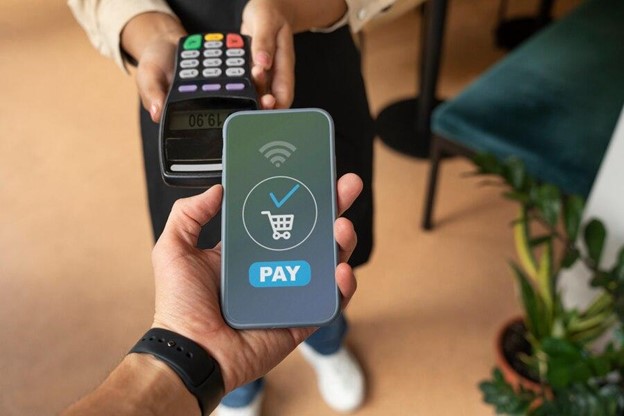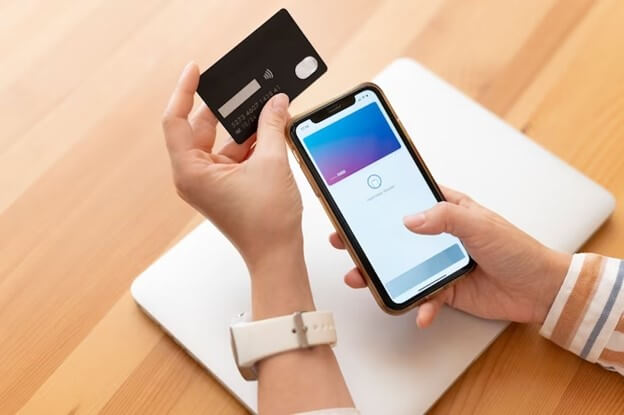Ultimate Guide to Realtime Payments in the UAE: Everything You Need to Know

When did you last wait a couple of days, or maybe a week, to receive payments from your customer or client? With real-time payments becoming every day, people are now starting to forget that they must wait several days for the money to be credited into their accounts. Cheques and demand drafts have become a thing of the past, with individuals and businesses growing accustomed to instant payments.
Real-time payments refer to transactions processed immediately and provide a swift transfer method between parties. In this blog post, we discuss how this payment method is rapidly changing the payment ecosystem in the UAE.
Benefits of Real-Time Payments
Real-time payments are transforming how businesses and individuals complete financial transactions. It offers a host of benefits as compared to traditional payment methods.
On-the-go Transactions
It eliminate the delays that were associated with traditional banking processes. Now, the receiver gets the funds instantly in their account. This transaction speed is particularly advantageous for time-sensitive transactions and allows quick and efficient transactions.
Enhanced Cash Flow Management
Real-time transactions work as a boon for businesses that might need to liquidify for immediate operational needs. With improved cash flow management, receivables are processed immediately, and companies have quicker access to funds.
Improved Transparency
With payments reflected in your account immediately, transparency in your financial transactions increases immensely. You don’t have to keep a record of payments coming in the future; instead, you get real-time visibility of when transactions are initiated, authorized, and completed.
Convenience for Consumers
Whether splitting bills among friends, paying retail stores, or making peer-to-peer payments, realtime payments enhance the overall convenience for consumers.
How Realtime Payments Work ?
The Central Bank of UAE announced the Instant Payment Platform (IPP) initiative, a part of the National Payment Systems Strategy (NPSS). This is a three-phased effort that is coming into effect in late 2023.
The UAE’s real-time payments strategy aims to:
- Provide best-in-class payment services
- Promote financial inclusion
- Increase financial stability in the UAE
The IPP initiative prioritized creating a secure and interoperable payment infrastructure. The strategy involves:
- Collaborating with banks, financial institutions, and payment service providers
- Establish a strong network enabling seamless and instantaneous transaction
- Real-time payments and funds transfers around the clock
- Instant transfers between bank accounts are available at all times
- Mandatory for all financial institutions in the country to participate
Use Cases for Real-Time Payments
The scope for using real-time payments is infinite. It is revolutionizing financial transactions with use cases spanning salary payment, bill settlement, retail transactions, bill splitting, emergency fund transfers, and peer-to-peer transfers.
Businesses and entrepreneurs can leverage real-time payments to streamline their supply chain processes, enhancing the customer experience and overall operational efficiency.
Real-Time Payments: Key Challenges and their Solutions
While real-time payments offer many benefits, they are not without their challenges. Some of the challenges and their proposed solutions are:
System Reliability
Real-time payment systems should be reliable enough to prevent any downtime or disruptions. This can impact the business significantly.
With the help of robust infrastructure, redundant systems, and proactive monitoring in place, system reliability can be maintained. Regular updates and system audits will automatically identify and mitigate potential issues.
Interoperability
With different payment systems available, interoperability can be a challenge. The varying standards and protocols of multiple platforms can hinder seamless transactions.
Interoperability can be achieved with industry collaboration and standardization efforts. This will ensure that different systems can communicate effectively and facilitate cross-platform transactions.
Cybersecurity
Unauthorized access, fraud, and data breaches can occur during payments necessitating robust cybersecurity measures.
Advanced encryption, multi-factor authentication, and continuous monitoring can help safeguard real-time payments.
Regulatory Compliance
Ensuring compliance with evolving regulations can be challenging for financial institutions and businesses.
Establishing a dedicated compliance team, staying informed about regulatory updates, and investing in compliance automation tools assist in navigating the regulatory environment effectively.
User Education
One of the biggest challenges is to familiarize users with real-time payment systems’ features and security measures. This can lead to potential errors, confusion, and reluctance to adopt new technology.
Users can be educated with the help of comprehensive user education programs, tutorials, and FAQs.
Future Trends Related to Real-Time Payments
Real-time payments are at an exciting juncture, with technological advancements occurring every day. Artificial intelligence, blockchain, and advanced data analytics will further enhance these payment systems’ speed, security, and efficiency.
Digital currencies are also emerging rapidly, making cross-border real-time payments a reality.
How Businesses in the UAE Can Start Using Real-Time Payments ?
To embrace real-time payments in the UAE, businesses can follow a systematic approach.
- First, they need to assess their existing payment infrastructure and capabilities.
- Collaborating with financial institutions that support real-time payments is crucial.
- Integration with reliable payment gateways and compliance with regulatory requirements are essential steps.
- Finally, training employees and customers on the benefits and usage of real-time payments will also facilitate a smooth transition.
Conclusion
Real time payments are no longer a distant future; they are here, and forward-thinking businesses must consider integrating them to provide customers a spotless customer experience.
PayTabs is a rapidly growing payment gateway in the UAE and Middle East. Integrating with PayTabs will enable your business to offer real-time payments to the valued customers and clients.
Also Read: How To Integrate Payment System Into The Existing App
Managing your financial transactions with PayTabs is fast, secure, and easy to navigate. We will help you adopt new innovative solutions that will provide sustainable success for your business.
FAQs
What are realtime payments?
Unlike traditional payments, real-time payments are instant, electronic transactions that enable immediate funds transfer between parties.
What are the benefits of real-time payments?
Real-time payments offer several benefits ranging from swift, transparent, and secure financial transactions improving cash flow management, enhancing transparency, and reducing the risk of fraud.
How do real-time payments work?
Secure protocols and advanced technology make real-time payments a reality. Whenever a sender initiates a payment, it is first verified by the financial institution, and if everything’s in order, the funds are transferred instantly with immediate confirmation to the recipient.
How can I send and receive real-time payments?
It is effortless to send and receive real-time payments. You can use the platform the payment gateway provides that supports real-time payments, initiate the transaction, and watch it go to the recipient’s account seamlessly.
What is an example of a real-time payment?
A person using a mobile banking app to transfer money to a friend and that friend receiving the money in their bank account instantly is an example of real-time payment.








